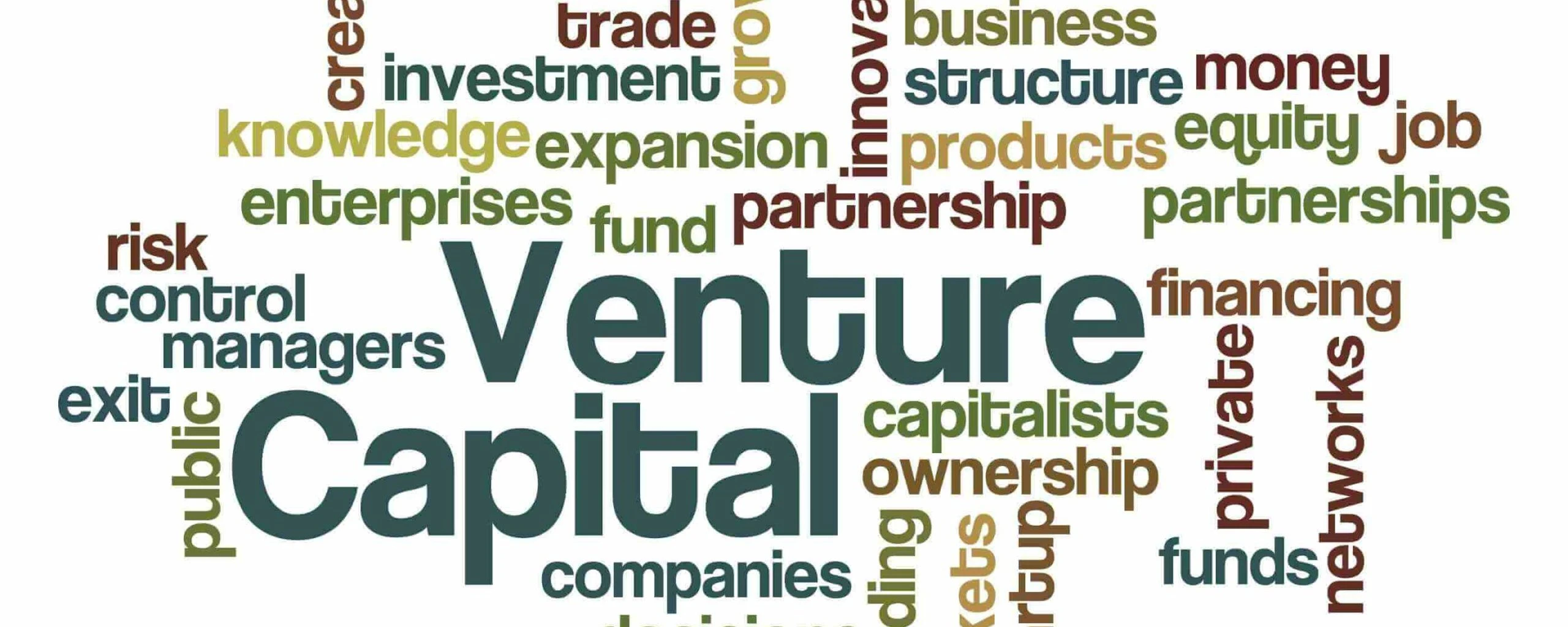Original author: YettaS (X: @YettaSing)

The biggest feeling I got from my visit to Consensus HK was that VCs have a very difficult time. It is no exaggeration to say that there is widespread misery, which is in stark contrast to Marshal P. Some VCs cannot raise the next round of funds, some VCs have lost half of their staff, some VCs have turned to strategic investments instead of independent investments, and some VCs are even considering posting memes to raise funds...
Many VC peers have also chosen to leave, some to join the project side, and some to transform into KoL, which seem to be more cost-effective options. In the changing situation, everyone is looking for a new way to survive. And I am also thinking, what is wrong with VC? How to break the deadlock?
First of all, we have to admit that the best era for VC as an investment asset class has passed, both in China and the United States. The figure below shows the return data of several Lightspeed funds. The best fund invested in Snap, Affirm, and OYO in 2012 and achieved a DPI return of 3.7X (DPI is the distributed return multiple, which does not rely on valuation and measures the actual return on exited funds). Of course, it is completely incomparable with directly buying BTC, and since 2014, even recovering the investment has become a problem.
Chinese VC has also experienced a similar trajectory. Relying on the demographic dividend, the mobile Internet and consumer Internet have grown rapidly, giving birth to hundreds of billions of companies such as Alibaba, Meituan, and ByteDance. 2015 was the last highlight moment. Subsequently, stricter supervision, tighter liquidity, declining industry dividends, changes in the industry cycle facing growth bottlenecks, and limited IPO exit channels have caused the return rate of VC institutions to drop significantly, and a large number of practitioners have left the market.
Crypto VC is no exception. With the changes in the macro environment, the evolution of market structure and the decline in capital returns, VCs are facing huge survival difficulties.
It’s all about cost and liquidity
In the past, the value chain of VC investment was clearly visible: the project party brought innovative ideas, VC provided strategic support and resources, KoL amplified the market voice at critical moments, and finally completed value discovery at CEX. Everyone provided different values and took different risks at different stages, and obtained corresponding returns. This is a relatively fair value chain.
For example, as a VC, the value we provide is never as simple as investing money in the early stage. How to help the project party quickly connect to the key resources in the ecosystem to promote business development, provide timely advice when the market changes suddenly, help the project party adjust the strategy, and even help build the core team. In addition, in order to establish a long-term bond with the project party, let’s not talk about when the TGE will be held. Even after the TGE, we generally face a one-year lock-in and 2-3 years of vesting. To a large extent, we all hope to play a non-zero-sum game of PVE with the project party.
However, in the current market environment, the core contradiction lies in that liquidity is extremely scarce, market competition is intensifying, and the VC model is unsustainable.
Changes in capital flows: Where does VC’s predicament come from?
The main driving force of this bull market is the strong entry of US Bitcoin spot ETFs and institutional investors. However, the transmission path of funds has undergone major changes:
Institutional funds mainly flow to BTC, BTC ETF and even Index, but never spread to the wider altcoin market;
Lacking real technological/product innovation support, it is difficult for altcoins to maintain high valuations.
This directly leads to the VC model being highly FUDed in the current market environment. Retail investors believe that VCs enjoy unfair advantages, can obtain chips at a lower cost, and have access to key market information. This information asymmetry leads to a collapse of market trust and further depletion of liquidity. In a PvP environment, retail investors demand absolute fairness. In contrast, the strategy of secondary funds will not be in strong conflict with market sentiment, because retail investors can also enter the market with the same chips, after all, they have been given an absolutely fair opportunity.
The current huge backlash against VCs is a counterattack by “absolute fairness” against “relative fairness” amid liquidity shortages.
The rise of the meme funding model
If I regarded Meme as a cultural phenomenon last time, this time, we need to regard it as a new financing method. The core value of this financing method is——
Fair participation mechanism: Retail investors can track information through on-chain data and obtain early chips under a relatively fair pricing mechanism;
Lower entry barriers: During the DeFi Summer period, we supported many solo devs who relied on product innovation to drive value capture. Now, the Meme model has further lowered the threshold, allowing developers to have assets first, then products.
There is nothing wrong with this logic. Looking back, many public chains have conducted TGE without a mature ecosystem or main network. Why cant Meme use the same method to attract enough attention first and then promote product development?
In essence, the evolution of the path of assets first, products later is the sweep of the entire financial ecosystem by the wave of populist capitalism. The prevalence of the attention economy, catering to the publics desire to get rich quickly, breaking the monopoly of traditional financial institutions, lowering the threshold of capital, and making information public and transparent are all unstoppable trends in the new era of populism. GameStops retail investors battled Wall Street, and the evolution of fundraising methods from ICO to NFT to Meme are all financial interpretations of the tide of the times.
So I say, Crypto is just a microcosm of this era.
The role of VC in the new model
No financing model is perfect. The biggest problem with Meme’s financing model is that the signal-to-noise ratio is extremely low, which brings unprecedented trust challenges.
The signal-to-noise ratio is extremely low: fair launch makes the cost of asset issuance extremely low, and a large amount of garbage will be flooded in it.
Insufficient information transparency: For high-liquidity Meme projects, everyone in the market can enter at an early stage, which means that whether the project is built for the long term has become less important. What is important is how to make a profit in the game.
Trust costs soar: high liquidity means high competition. The first day of circulation means that we and the founder have no mechanism to bind interests to achieve long-term win-win results. Everyone can become a counterparty at any time and become each others exit liquidity. This trust structure is dangerous and unsustainable.
I agree very much with what @yuyue_chris wrote about the differences in mindsets among different participants:
People who play memes think: narrative > chip structure ~ community or emotion > product technology;
The primary market believes that: narrative > product technology ~ chip structure > community or emotion;
The Meme model is essentially a darker on-chain world than the VC model. Due to the lack of product and technical support, absolute fairness is often just a cover. Look at Libra. Every time the cabals behind the market carefully planned public benefits, we eventually became the object of precise harvesting. They can always predict your predictions. In a highly gamed environment, the real long-term Builders become difficult to identify.
I don’t think VC will disappear because the world is full of huge information asymmetry and trust asymmetry. For example, cooperative resources like ARC are absolutely impossible for an ordinary Dev to obtain.
However, facing such a wave of populist capitalism, it is unrealistic for VCs to simply take advantage of information asymmetry and make money as they did in the past. It is never easy to adapt to changes, especially when the market paradigm is completely reconstructed and the methodologies that worked in the past are quickly eliminated. The rise of Meme financing is not accidental, but the result of deeper liquidity changes and the reshaping of trust mechanisms.
When the high liquidity and short-term game thinking of Meme meets the long-term support and value empowerment of VC, how to find a balance between the two is a problem that VC must face now. On the one hand, Primitive is very fortunate to have the freedom and flexibility to respond to market changes, but it is not easy to recognize structural changes and change its investment strategy.
But no matter how the market changes, one thing remains unchanged - what truly determines long-term value are outstanding founders who have vision, strong execution capabilities, and a willingness to continue building.










